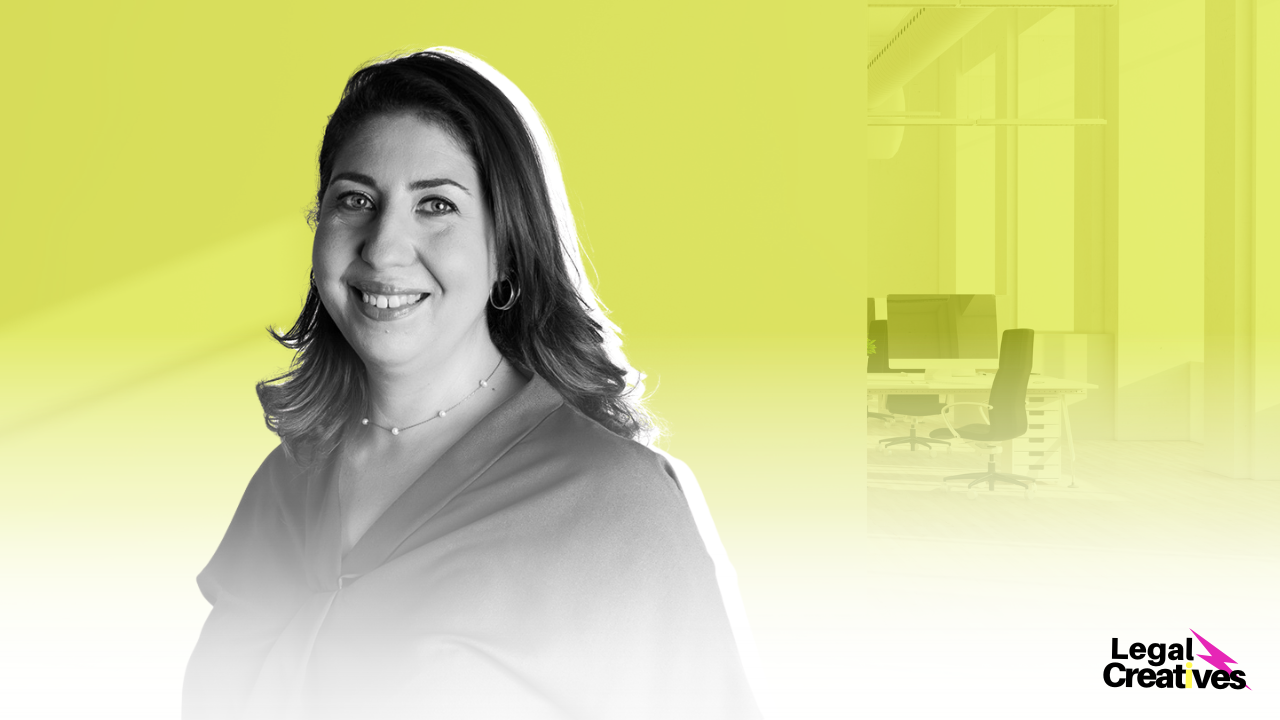Behind-the-Scenes of an Award-Winning Contract Design: Interview with Dorra Harrar (Tunisia)
Jan 30, 2023
In this exclusive interview, we hear from Dorra Harrar, a Tunisian Legal Designer who recently won the prestigious Innovation & Excellence Award by World Commerce & Contracting for her outstanding contract design.
In this article, Dorra shares her journey, offering an insider’s look at her approach to creating clear, accessible, and user-friendly contracts, along with the practical lessons she learned along the way, insights that readers can immediately apply to improve their own contract drafting and legal design projects.
1. Choosing the Right Client
When asked about convincing clients to adopt Contract and Legal Design, Dorra explained that the right client makes all the difference. In her award-winning project, the client, a startup leveraging technology in the tourism sector, was naturally innovative and eager to make contracts clear and user-friendly.
“He had specified clearly that he wanted documents that would be clear and understandable to both parties. When I told him that Legal Design could achieve this, he accepted the challenge!”
The takeaway: successful Legal Design starts with clients who value clarity, innovation, and collaboration.
2. Collaboration and the Process
Dorra emphasizes the importance of close collaboration throughout the project. She worked with both the client and a designer, iterating through five versions before reaching the final, award-winning contract.
Tools used included Word for legal validation, Google Drive for collaboration, Online Whiteboards for mapping and design steps, and Online Surveys for testing prototypes.
“Engaging the client throughout the process is key. In Legal Design, feedback is a gift. You work with it to refine both content and form.”
The methodology involved:
-
Identifying the problem clearly
-
Designing information architecture
-
Iterating with feedback from the client and designer
-
Refining details such as language, tone, and branding
3. The Visual Fix
The award-winning contract redesign incorporates several key features that enhance usability, clarity, and overall effectiveness:
-
Two-Column Layout: Clearly separates obligations and responsibilities by party, making it easy to navigate and reference.
-
Colors and Icons as Enhancers: Visual cues highlight important sections, responsibilities, and actions, guiding the reader through the document.
-
Clear, Plain Language: Reduces legal jargon to ensure both parties can easily understand their rights and obligations.
These design choices work together to create a contract that is not only visually appealing but also highly functional, improving comprehension, usability, and real-world application for all parties involved.
Dorra emphasized that focusing on substance first ensures that the form naturally follows, a fundamental principle in Legal Design. Contrary to the common belief that design, or visuals, should come first, the real starting point is the information architecture and the relationships between contractual elements.
By clarifying the mechanisms, obligations, and responsibilities within the contract, the layout naturally emerged. For this project, the solution became a two-column format, a classic structure we often use and teach in our Legal Design Certification program. This approach clearly separates obligations and responsibilities by party, presenting the information in a table-like format that is intuitive, easy to navigate, and immediately actionable for all parties involved.
4. The Impact
The redesigned contract not only won an award but also positively impacted the client’s business relationships. Both the client and their partners reported that the contract was:
-
Clear and transparent
-
Easy to navigate and to use
-
Fair and balanced
The client has since used the new contract on a day-to-day basis, demonstrating real-world usability and effectiveness. The redesign not only improved clarity and efficiency but also strengthened the business relationship with their partners, who found the contract much easier to navigate.
The client was so impressed by the results that he nominated Dorra for the Personal Initiative Award at World Commerce & Contracting, recognizing her innovative approach and the tangible impact of her work.
5. Lessons Learned
Some of Dorra’s key insights from this project include:
-
Engage clients at every step: Their input shapes both content and design.
-
Substance over form: Once the content is structured correctly, the design flows naturally.
-
Direct collaboration saves time: Bringing the client and designer together to the meetings accelerates feedback and decision-making.
Dorra is passionate about spreading Legal Design in Tunisia and North Africa, where this approach is still relatively new. Her goal is to continue working on practical projects, including collaborations with larger institutions, while showing the impact of clear, user-centered contracts.
“Through these projects, we demonstrate that Legal Design facilitates understanding, improves client satisfaction, and strengthens business relationships.”
Since then, Dorra has been involved in numerous projects, research initiatives, and practical applications of Legal Design, including work focused on access to justice, helping make legal processes more transparent, accessible, and user-friendly for all stakeholders.
Dorra Harrar is a Business Lawyer and Legal Design Expert, recognized as a pioneer of Legal Design in Tunisia. She is the recipient of the Innovation & Excellence Award in the Personal Initiative category from World Commerce & Contracting (WorldCC) 2022.
Dorra began her Legal Design journey in 2018 and, after completing her first project in litigation, founded Legal D, a company dedicated to making law more human. In 2021, she became the first Tunisian woman certified as a Legal Design Expert Practitioner through Legal Creatives Academy.
Passionate about innovation and problem-solving, Dorra uses the Legal Design methodology to help businesses make their legal documents clear, understandable, and efficient. She thrives on creating practical solutions, continuously learning, and pushing the boundaries of what legal design can achieve.
You can connect with Dorra Harrar on LinkedIn and her company, Legal D on LinkedIn.
